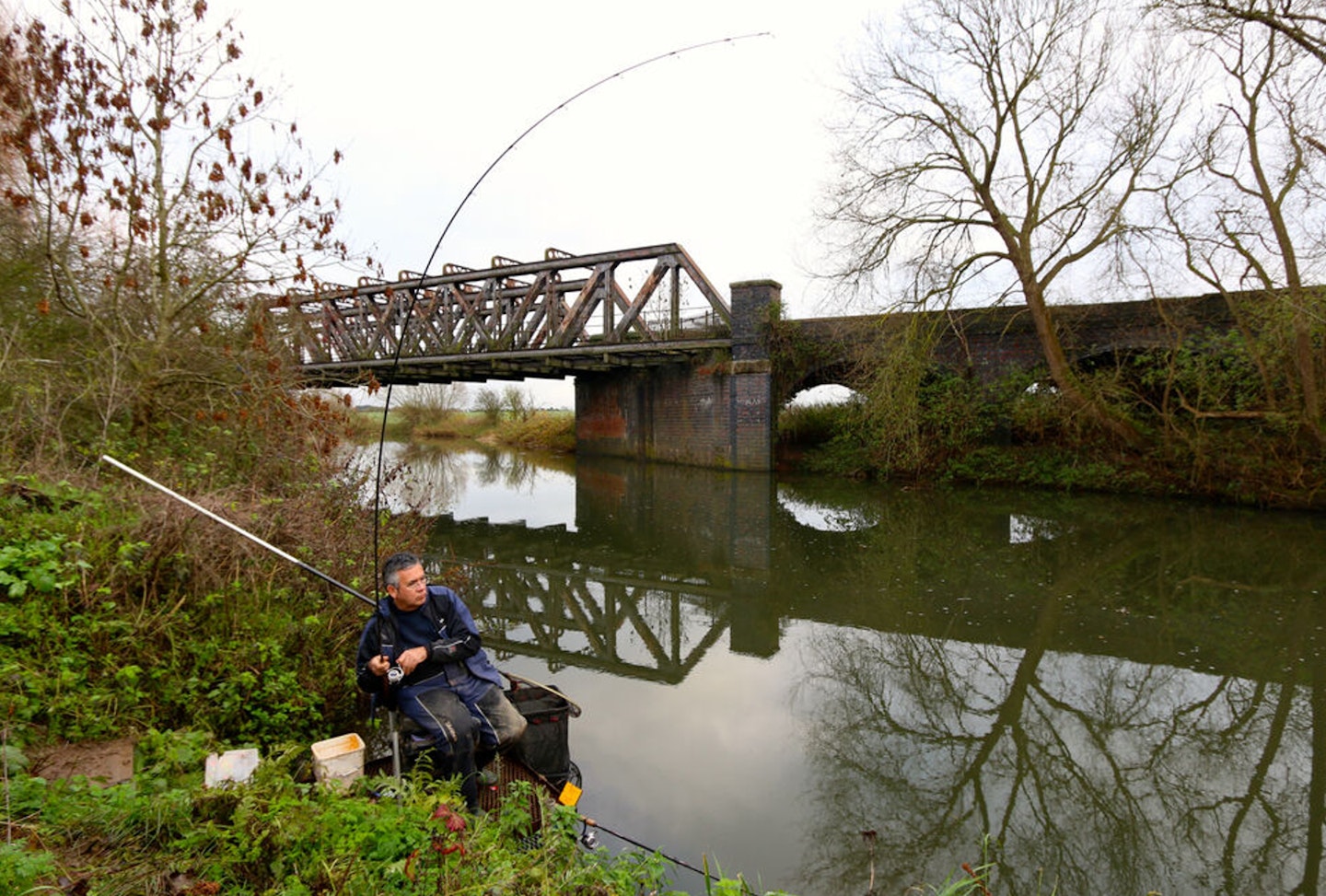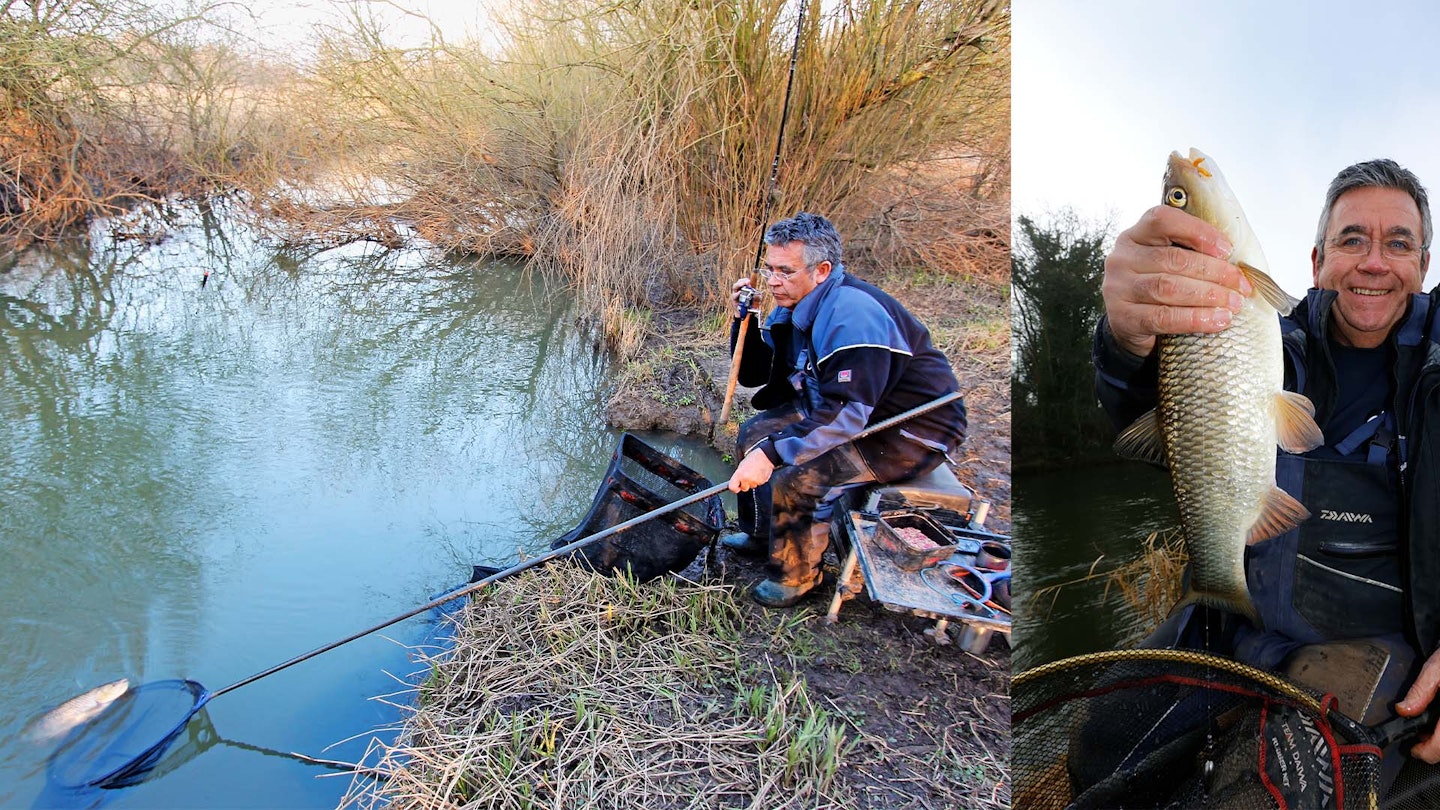We’re at that time of year when water temperatures are at their lowest. Cold rain, frosts and snow, coupled with bitter winds, all send the mercury plummeting, but while many species shut up shop, you can always rely on chub.
They’ll feed when the river is tapwater clear or the colour of tea. A fish that’ll eat almost anything put in front of it, and on any method, it can be confusing when it comes to tackling up and loading the bait bag. Big baits are good for big fish, but when bites are the name of the game you can’t beat the float, with a waggler my top choice.
Here's how I do it...
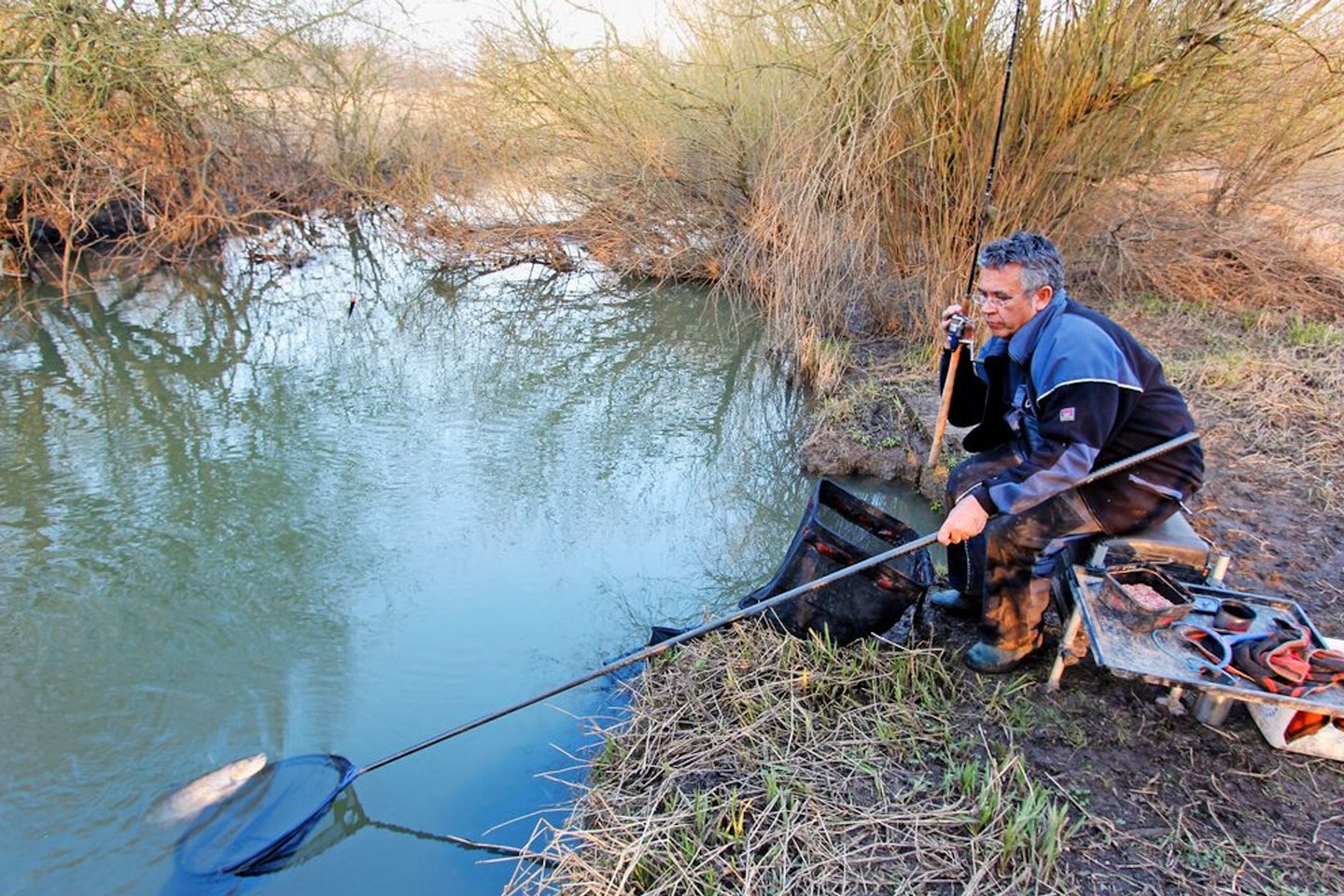
Tweak the rig
In fast water I use thick-topped floats like Speci Wagglers, but if I’m not catching, I’ll change something and experiment with depth and how much tip is showing.
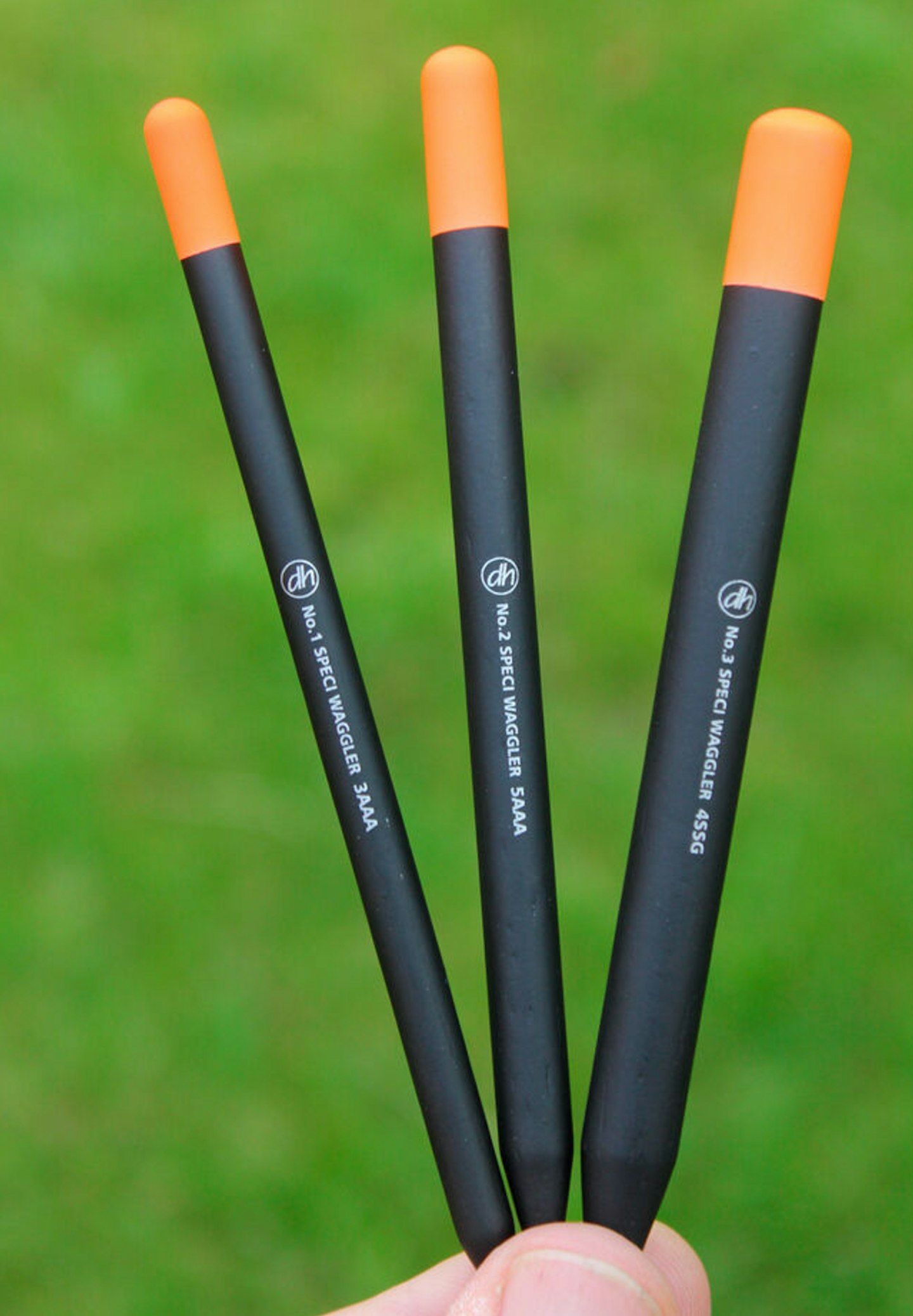
Be in control
A swim of 40m–50m in length is ideal for trotting. Cast downstream and further out than the line you can get your feed to, then draw the float back on to the feed line.
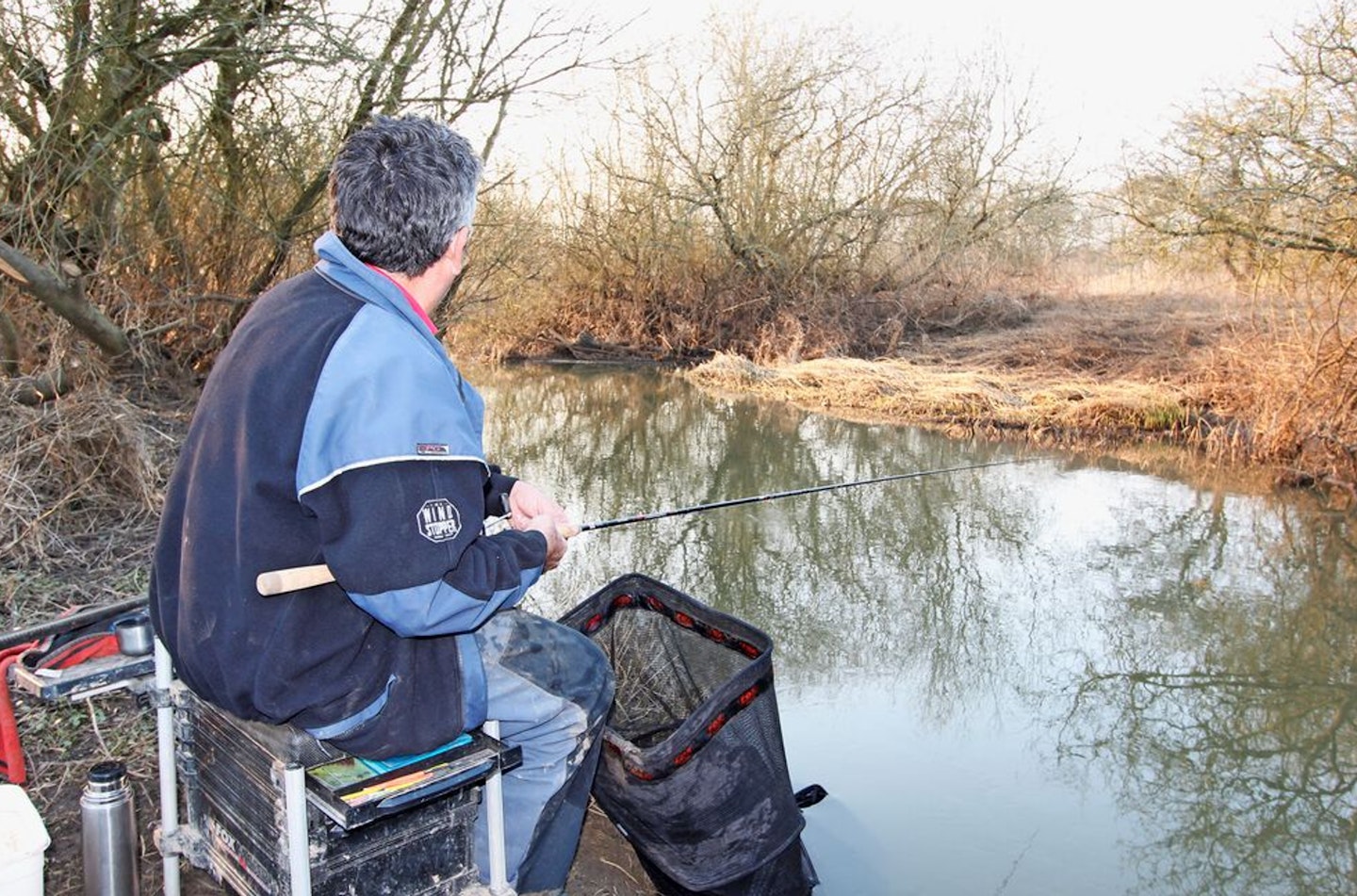
Trickle in the feed
My favourite tactic is to feed several times with four to six maggots before casting in. This ensures a small but steady stream of bait in which you can present your hookbait.
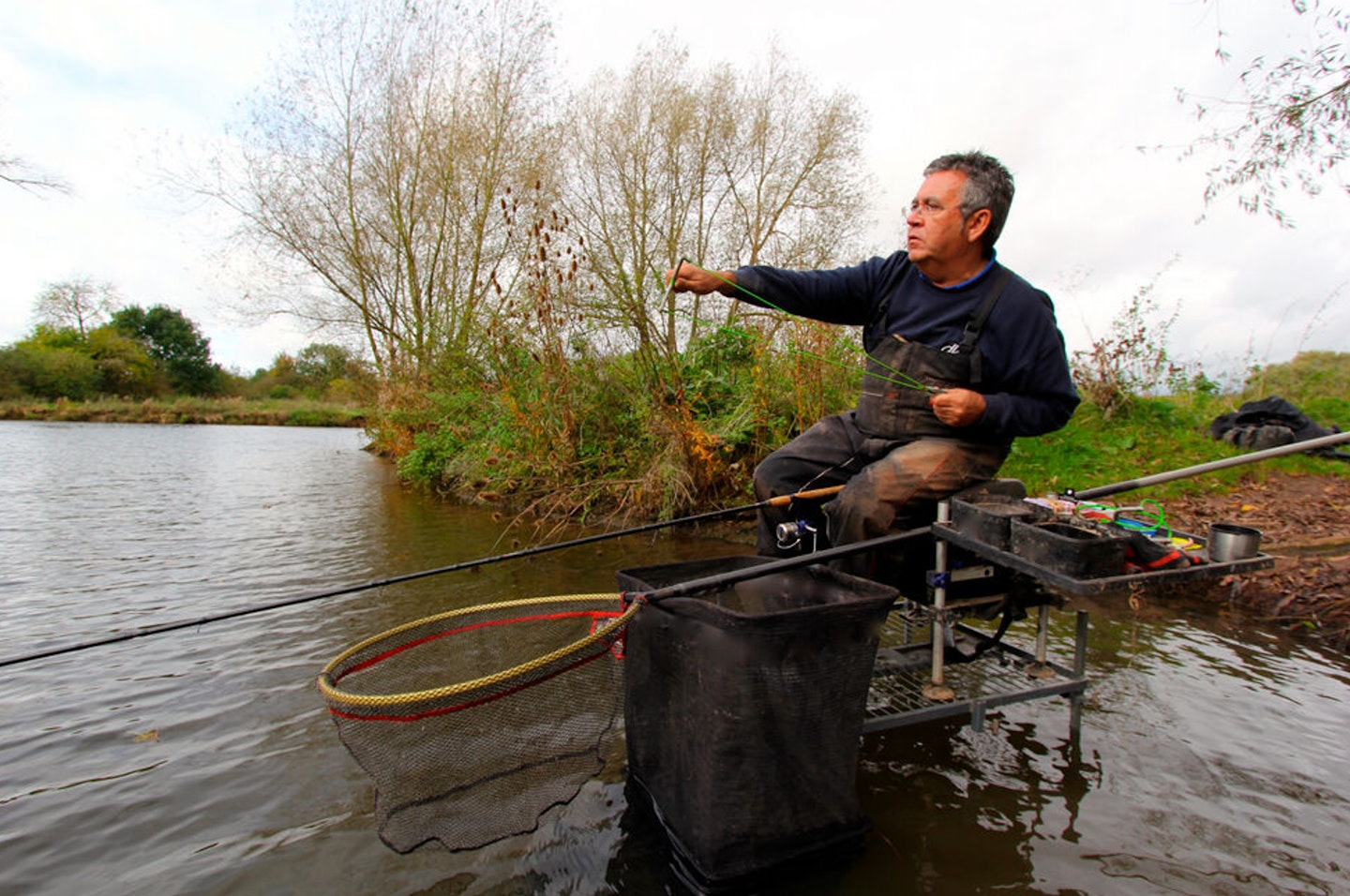
Take the temperature
Fish respond to a rise in temperature. Take the water temperature when you arrive at your swim. As a basic rule, if it’s rising, feed more, if it’s dropping, feed less.
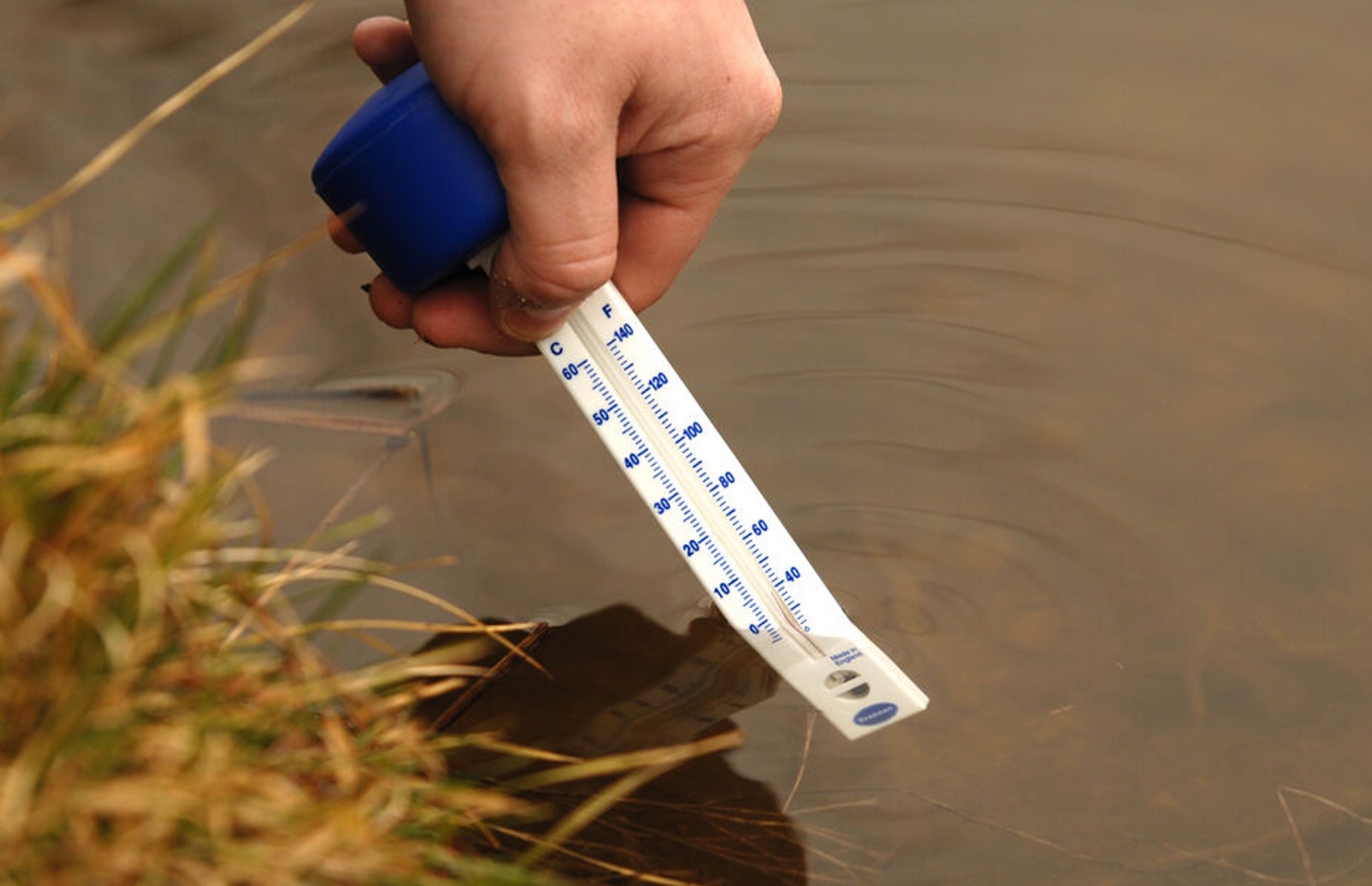
Switch to a single
Chub will often come well off bottom to feed when you’re loosefeeding maggots. Have a second rod set up shallower and try it during the day with a single maggot hookbait.
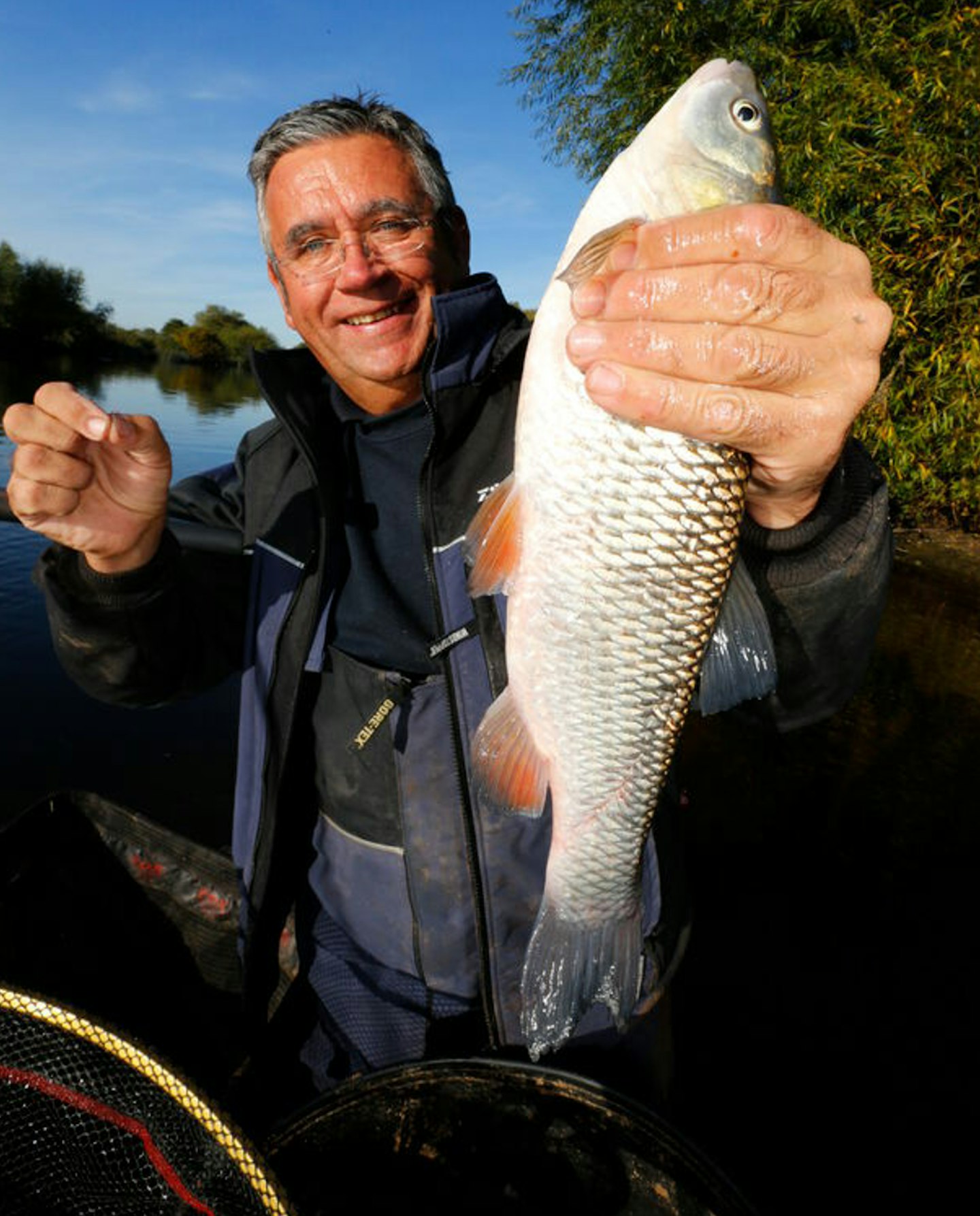
Be aware of snags
Chub know where every snag is, so when you hook one, keep the pressure on and watch where the fish is heading. Many big chub are lost to a last-minute dive!
